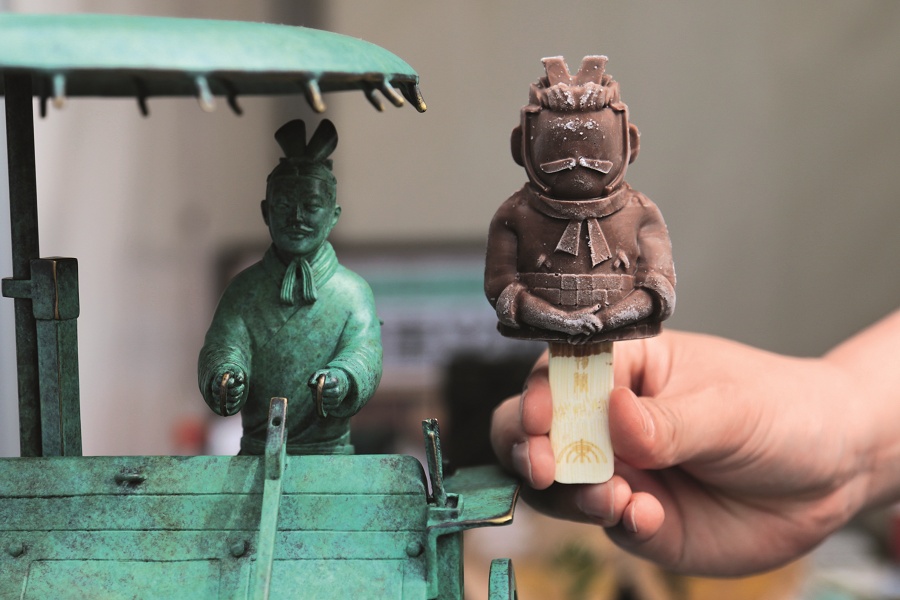A Kaleidoscope of Life Chocolates
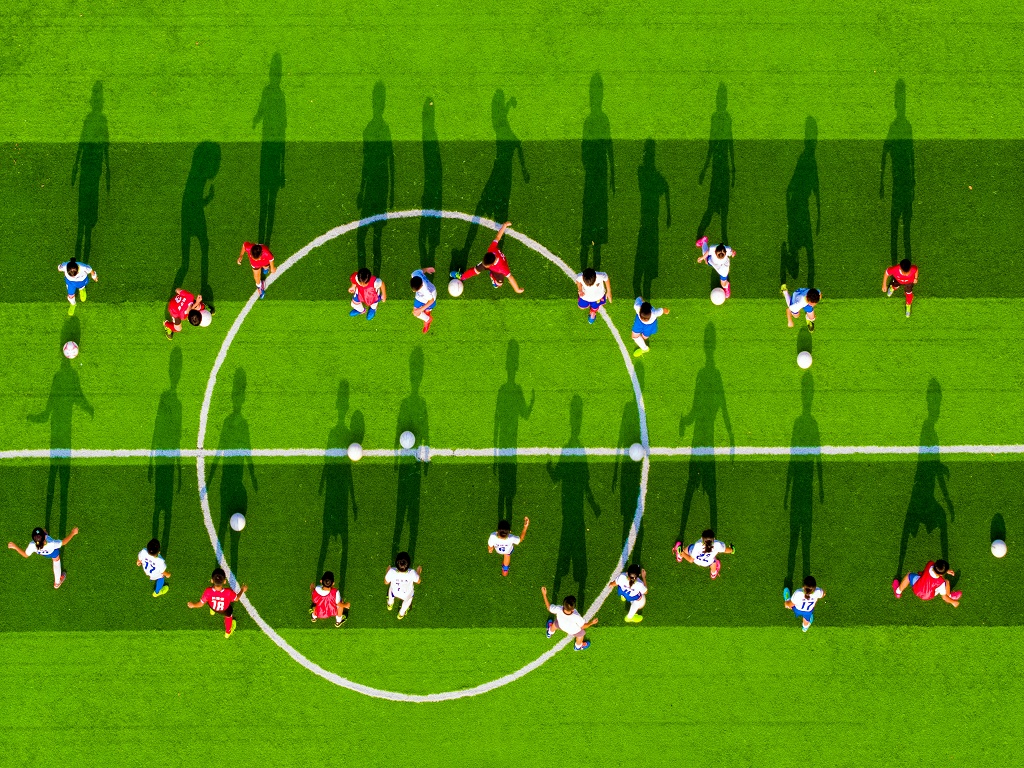
“Life is like a box of chocolates. You never know what you’re gonna get,” reads a famous line from the 1994 American comedy-drama film Forrest Gump. For Chinese people, what are the “flavors” of their life chocolates over the past decade? Lives are changing fast and for the better in China, and many of the brightest standouts have fallen into realms of four words that happen to begin with the letter “I”:
“Innovation” has penetrated every aspect of Chinese lives. Over the past decade, China has relaxed family planning policies to allow couples to have three children for the sake of balanced population development. Educational reforms have freed students from cramming and enabled them to instead embrace personalized learning and social practices. Online learning was an innovative solution to offset the impact of the sudden outbreak of COVID-19. The boom of higher education implies greater vitality in social mobility.
“Inclusiveness” has been another integral “spice.” Livestreaming e-commerce is part of new consumption patterns beyond the traditional brick-and-mortar economy. A more accepting public now largely perceives video games as “a worthwhile endeavor” alongside the emergence of e-sports.
“Inheritance” has held even firmer. Engaging 300 million Chinese people in winter sports, one of intangible legacies of the Beijing 2022 Olympic Winter Games, is quietly becoming the reality with such venues as the National Speed Skating Oval (known as the “Ice Ribbon”) opening to the public.
“Integration” has found its way to add seasoning to life. Public awareness of fitness is being cultivated by incorporating sports participation, sports projects, and sports industry promotion as part of the “Healthy China” initiative. Eco-tourism has become a trend among Chinese travelers, aiming to protect nature through tourism services. A firm embrace of green living, marked by reusable bags, reflects a continued fusion of responsibility and altruism. Daily doses of museums have become more threaded through people’s routines with a new museum opening in China every 40 hours. Culture in the form of creative shapes of ice cream has greeted visitors more cordially at scenic spots.
Engaging 300 Million Chinese People in Winter Sports
On February 4, 2021, the Beijing 2022 Winter Olympics started the one-year countdown, bringing China into “Winter Olympic Time.”
Attracting 300 million people in China to winter sports was a solemn promise made by China to the international community when it bid for Beijing 2022.
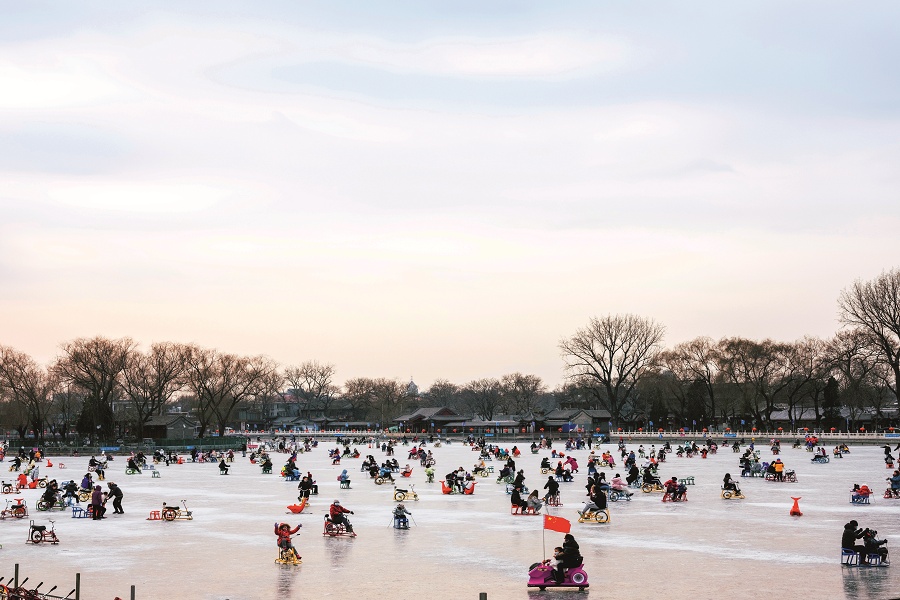
Ecological Tourism
The COVID-19 pandemic has forced people to rethink the relationship between man and nature. People’s demands to return to nature, appreciate natural beauty, and enjoy wilderness scenery are increasing alongside greater awareness of the dangers in exploiting nature. Eco-tourism, which aims to protect nature through offering tourism services, has become a trend for Chinese travelers.
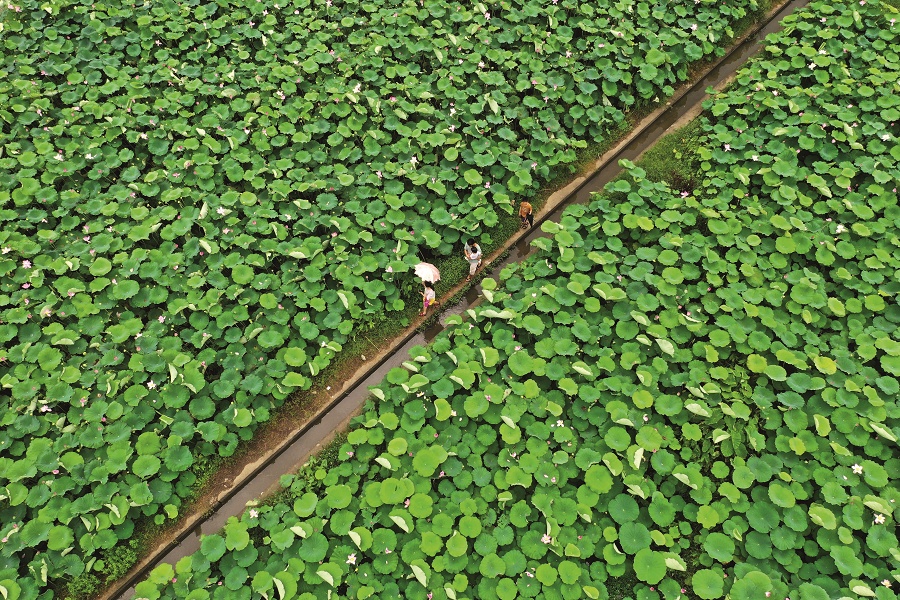
Living the Green Life
Chinese people are practicing a lower-carbon lifestyle, marked by garbage sorting, reusable bags, shared bicycles, and second-hand transactions. A 2020 survey on low-carbon consumption awareness and behaviors of Chinese households showed that most Chinese citizens are already highly familiar with the concept of “low-carbon.” They view low-carbon actions from the perspective of “responsibility” and “altruism” and gradually connect “low-carbon lifestyle” with “high-quality life.”
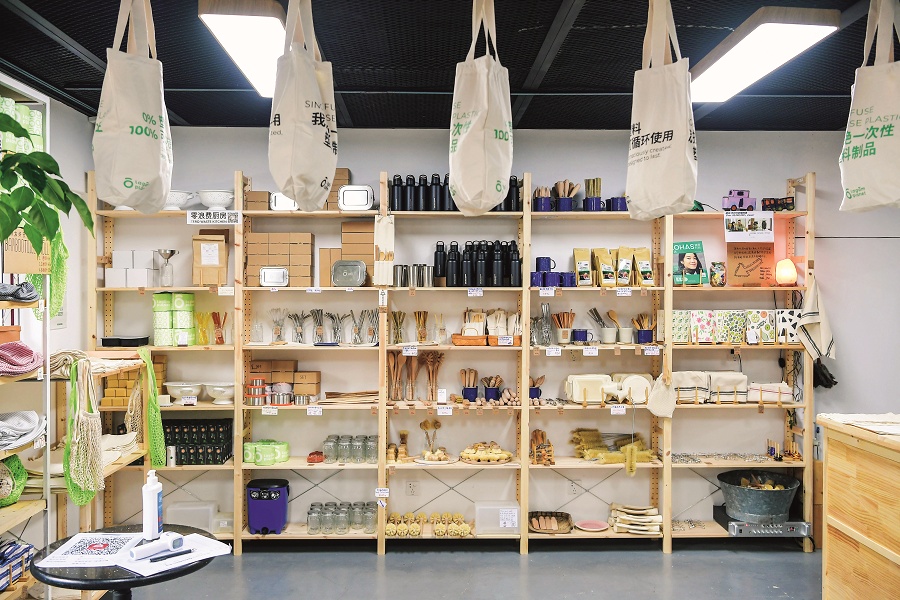
March 9, 2021: The Bulk House, a store that goes with the concept of environmental protection and green life, at No. 70 Beiluoguxiang, Dongcheng District, Beijing. With its slogan of “zero waste, package free, reusable and natural,” customers need to bring their own containers to buy natural shampoo, laundry soaps, dishwashing liquid, and other toiletries in bulk. (Photo from IC)
Relaxed Fertility Policy
China has implemented two-child and three-child policies since 2016 and 2021 respectively to address its gradual decline in newborns. Relaxing the family planning policy aims to ease the aging population and more importantly, promote balanced population development. However, the success of such policies requires certain supportive measures, such as reducing the costs of birth, education and medical care, and further guaranteeing women’s rights.
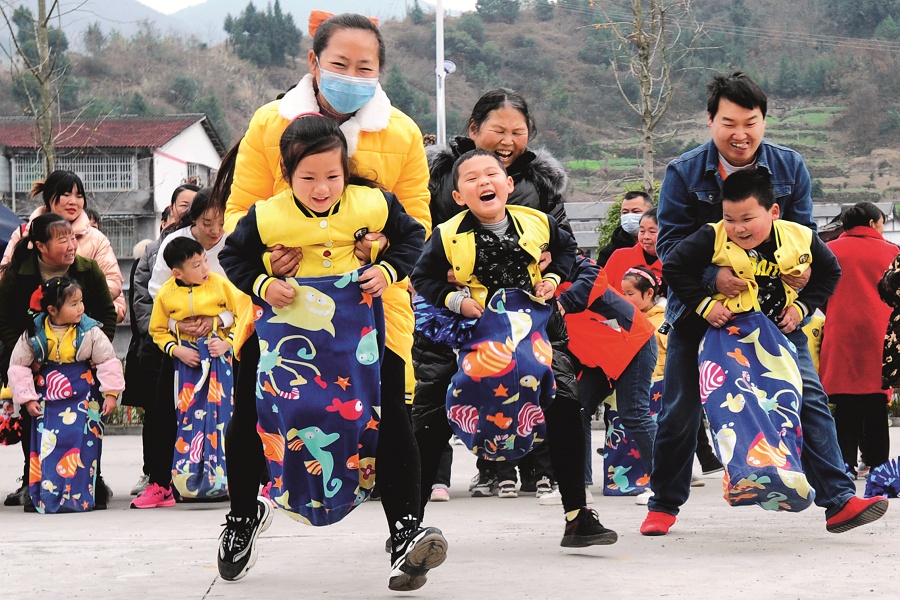
December 7, 2021: Parents carry their children in “pockets” and rush to the finish line in a game held at the Central Kindergarten of Hongshi Town in Chongqing Municipality. (Photo from IC)
Online Classrooms
The sudden outbreak of COVID-19 furthered the development of online classrooms throughout China. The roles of teachers and students underwent profound changes during the online “migration.” Teaching online demands a reconstruction of the curriculum system while learning online cultivates self-discipline and self-reliance. Following the “butterfly effect” caused by the pandemic, online education is becoming increasingly systematic, integrating online exams, thesis defense, graduation, hiring, and more.

May 18, 2020: Seven-year-old Ke Enya attends an online class, accompanied by her mother, in Yichang City, Hubei Province. (Photo from VCG)
Higher-Education Boom
China’s higher education has been growing in popularity over the past decade, with 240 million people receiving it and the average academic tenure of new employees reaching 13.8 years. Especially for those from rural areas or poor families who devoted heartedly to preparing for gaokao, China’s college entrance examination, they hope to advance social status by receiving higher education.
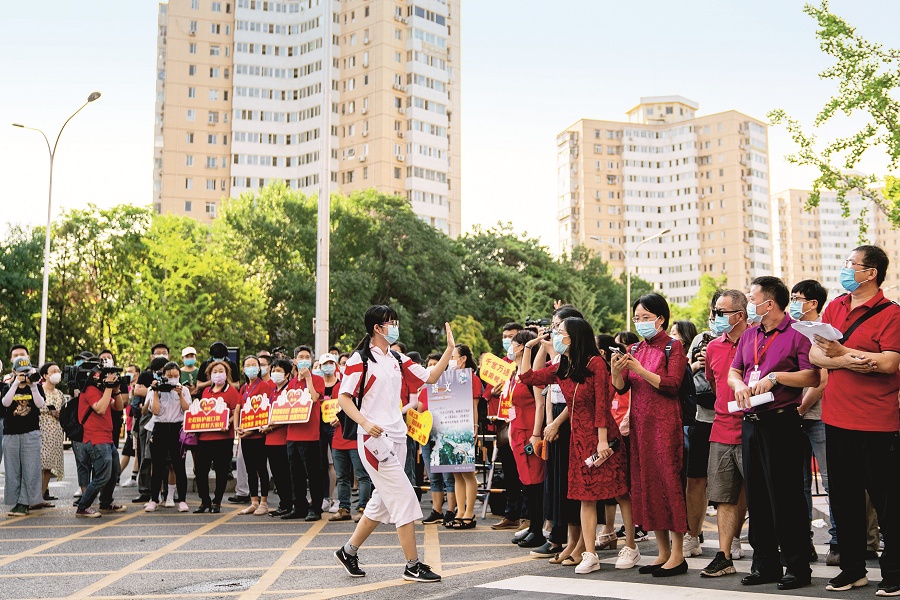
Livestreaming E-commerce
China’s livestreaming e-commerce industry gained steam in 2018. In 2020, the stay-at-home economy was boosted by stimulated vitality of the livestreaming e-commerce industry in the pandemic context. The market size increased by 121 percent from the previous year, reaching 961 billion yuan (US$142 billion). It should be noted that livestreaming e-commerce has also become a new engine for rural revitalization with farmers using livestream to promote their agricultural products and publicize their rural life.

Li Jianxi, a young man from Hong Kong, and his wife Sun Jiaxi from Guangzhou City, Guangdong Province, conduct a livestream. In recent years, livestreaming has become a popular way to promote sales online. (Photo by Duan Wei/China Pictorial)
Rising Recognition for E-sports
Social recognition for e-sports (video gaming in a highly organized competitive environment) has grown greatly in recent years, evidenced by changed public viewpoints from “it is a horrible beast” to “it is a worthwhile endeavor.” In April 2019, both e-sports players and operators were listed among 13 new occupations by China’s Ministry of Human Resources and Social Security and two other government departments. On November 5, 2021, e-sports was officially added as a medal sport with eight events in the 2022 Hangzhou Asian Games. E-sports had previously been tested as a “demonstration sport.”
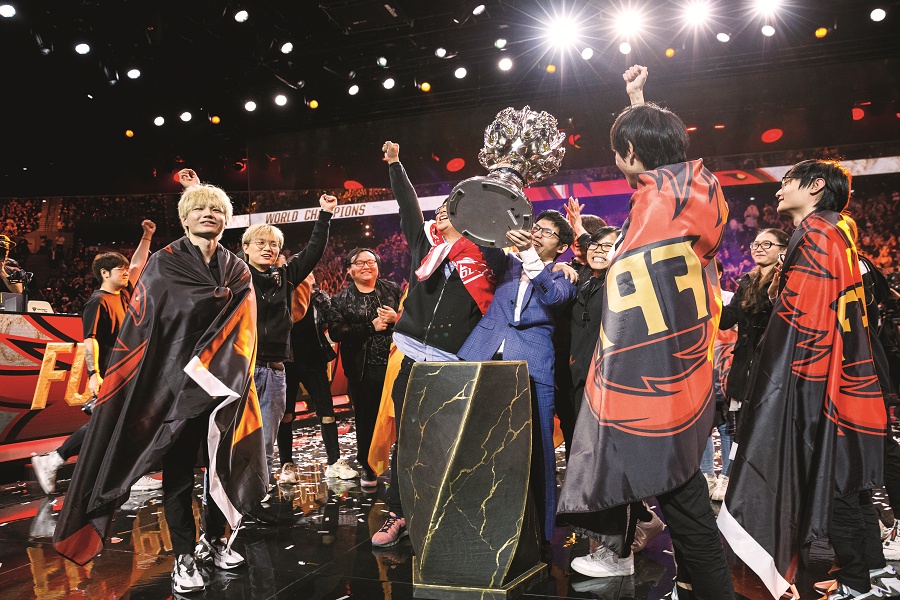
National Fitness Campaign
The national fitness campaign, positioned as a national strategy, is an important part of the “Healthy China” initiative. In the past decade, the campaign has witnessed a great leap forward. As per official data, the per capita area of sports venues in China reached 2.41 square meters, and the proportion of people who exercise regularly reached 37.2 percent by the end of 2021.

Healthy China
Over the past decade, China’s National Health Commission has prioritized grassroots implementation of healthcare policies. The aim is to ensure citizens access medical and health services within a 15-minute walk based on the population and service radius at the county level. Also, the Chinese government has waived tuition for some medical students who agree to serve rural areas after graduation. A total of more than 3,000 general practitioners have been recruited for township health centers as well.
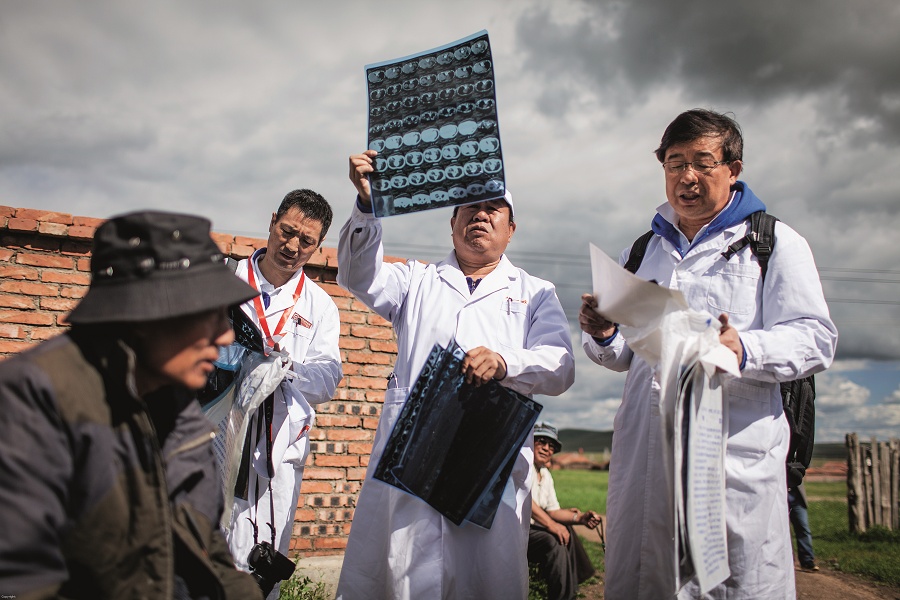
Daily Dose of Museums
Only when integrated into daily life can museums enjoy a promising future. Statistics showed that the number of museums in China increased from 3,589 to 5,788 between 2011 and 2020, with an average annual growth rate of 6.13 percent. On average, a new museum opens in China every 40 hours. The total number of museums in China ranks in the top five worldwide.
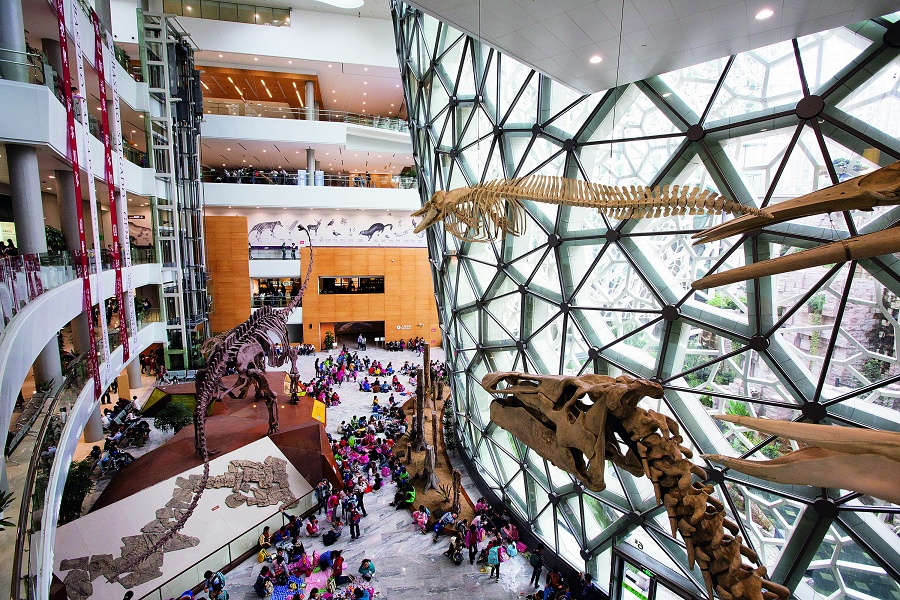
Creative Ice Cream
Apparently, artifacts can also be “tasty.” Since 2019, well-known tourist attractions such as Yuanmingyuan Park, Mogao Caves, and Emperor Qinshihuang’s Mausoleum Site Museum have successively unveiled creative ice cream bars shaped like cultural icons. The treats tend to inspire visitors to take pictures and promote the cultural destinations on social media. Such creative ice cream helps make static cultural relics and iconic landmarks more cordial for tourists.
